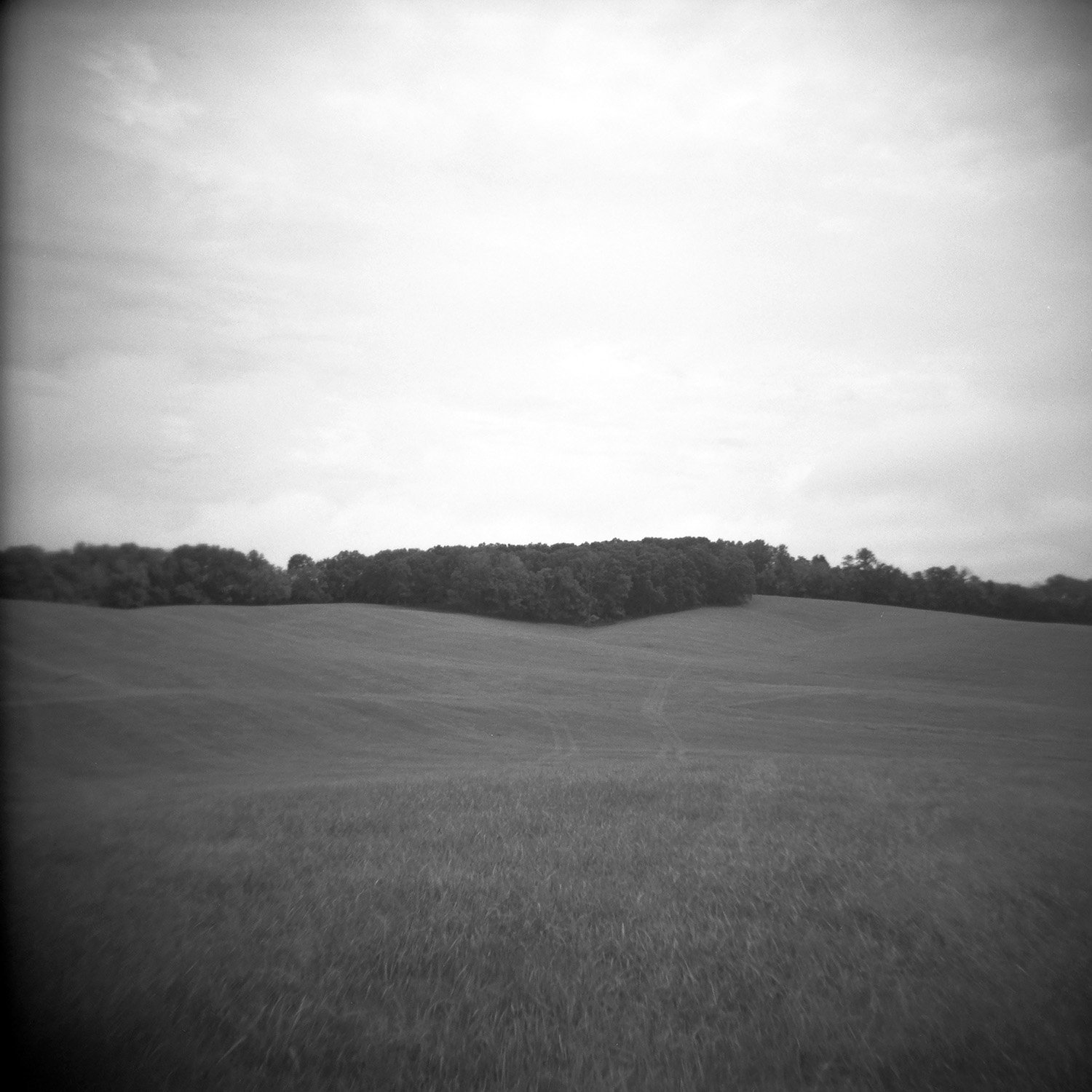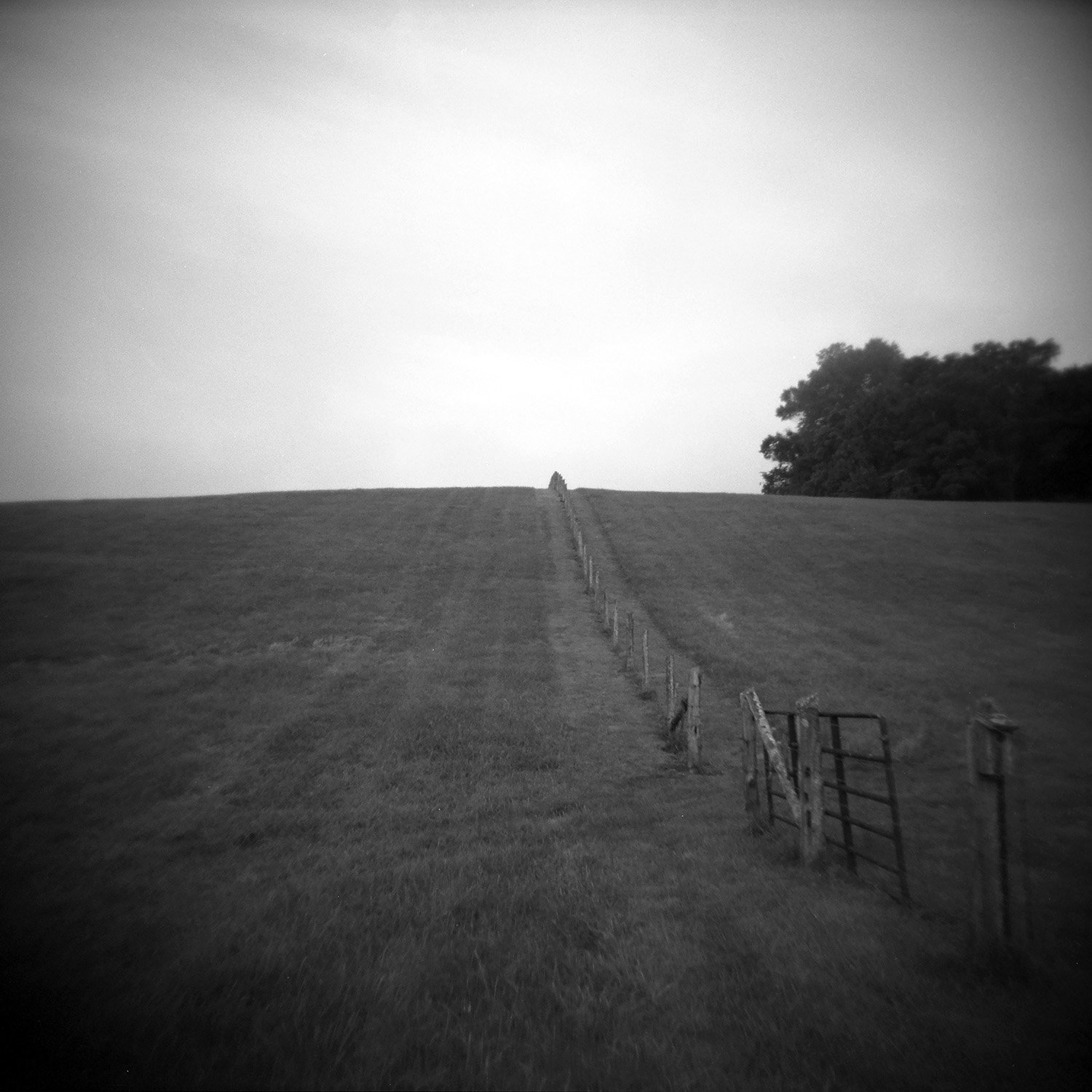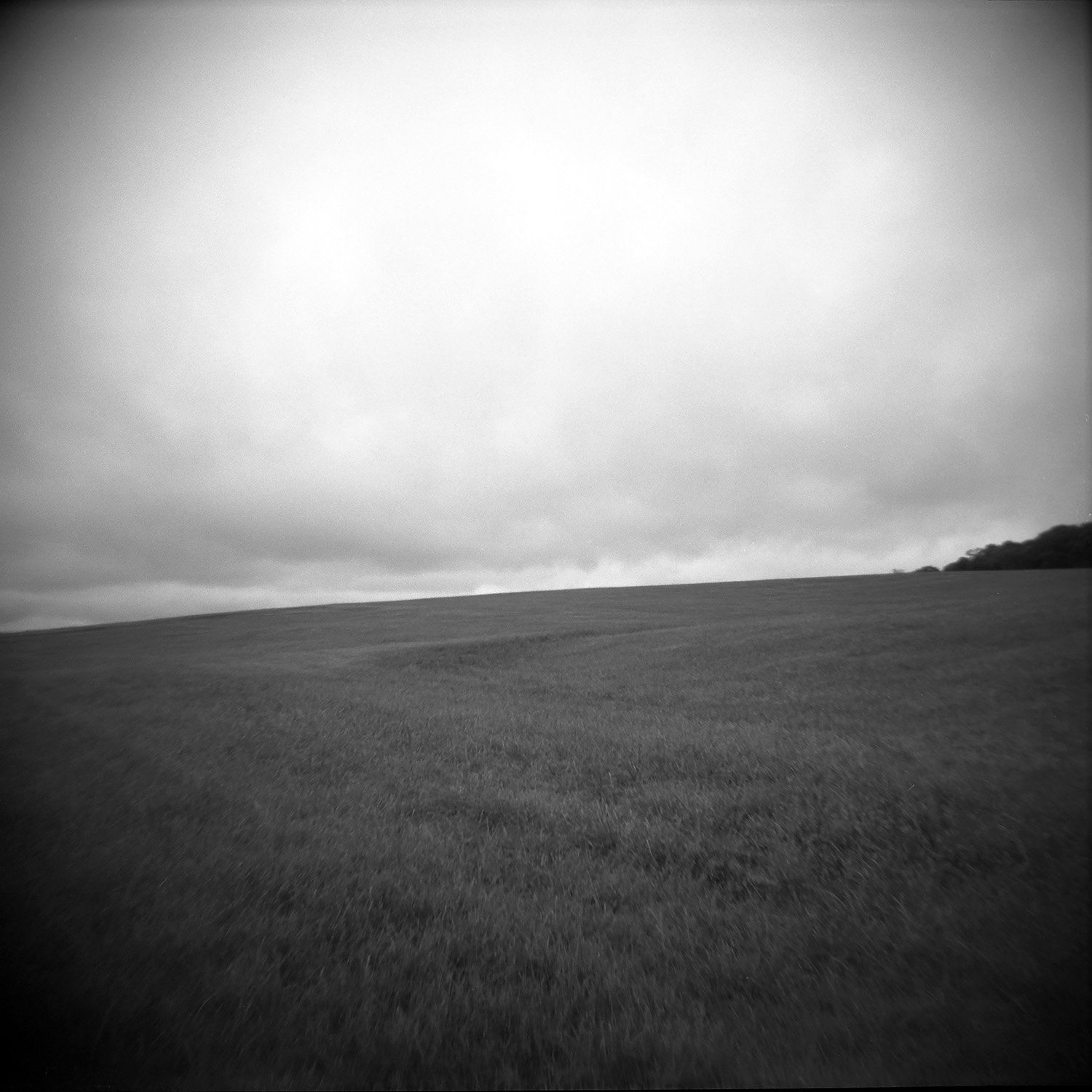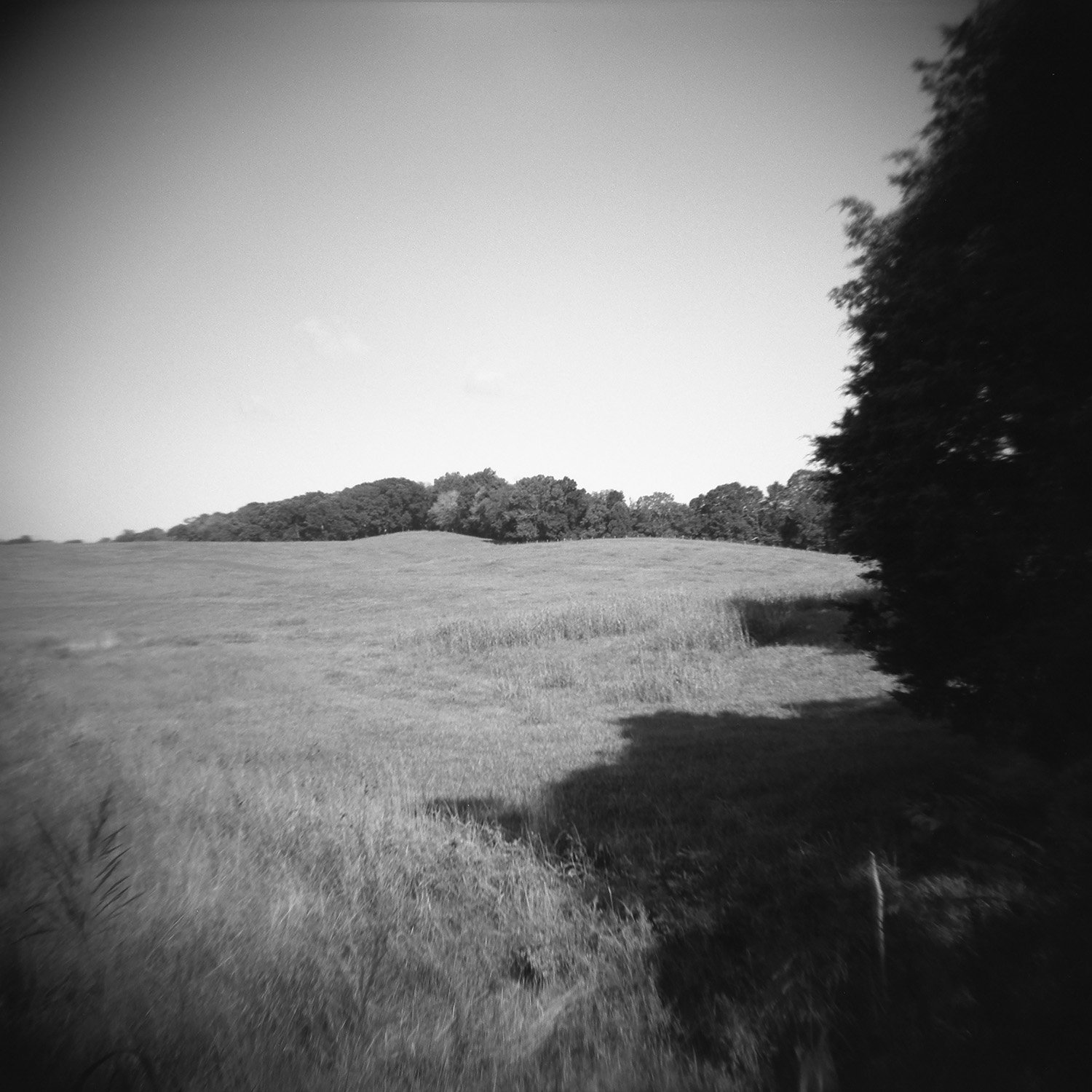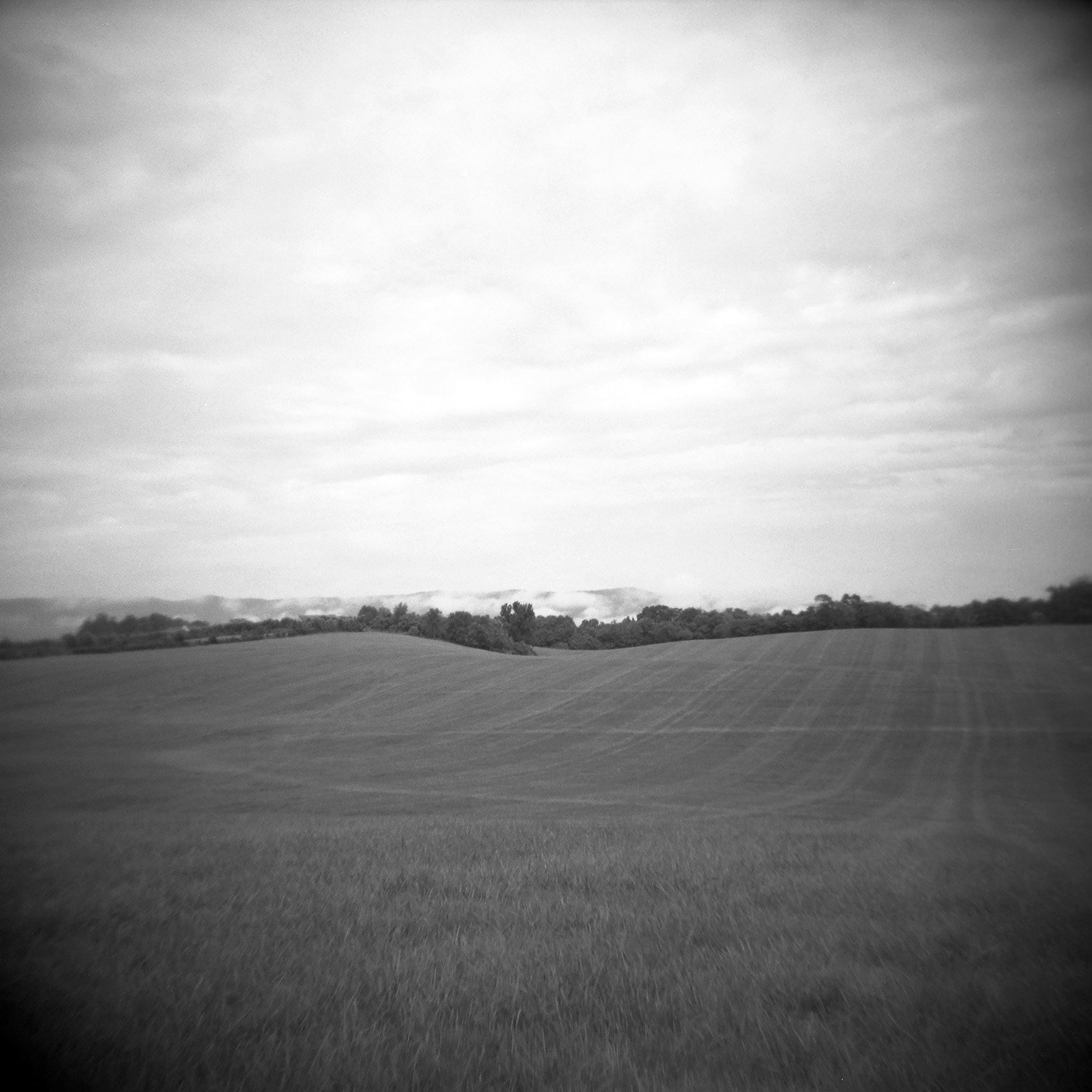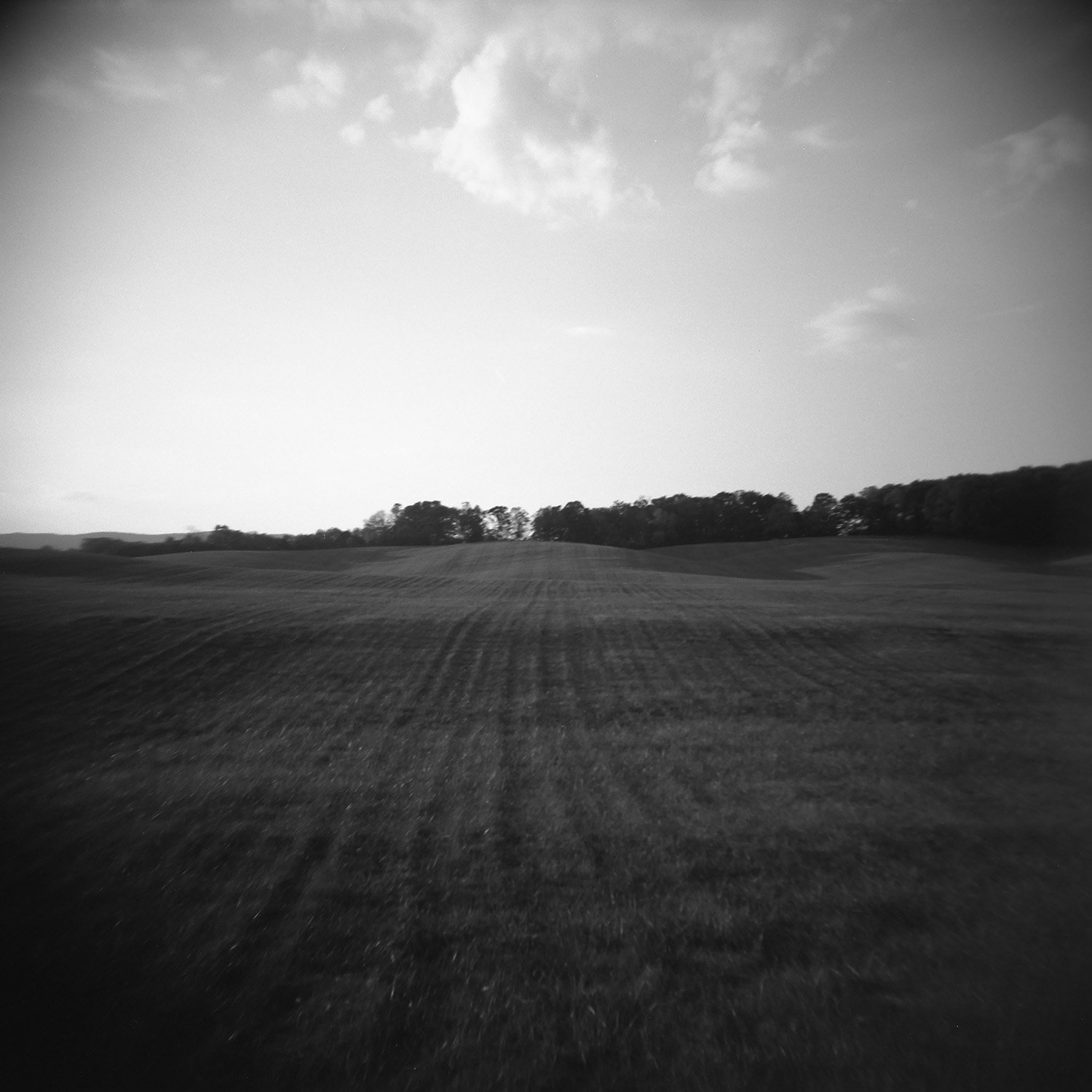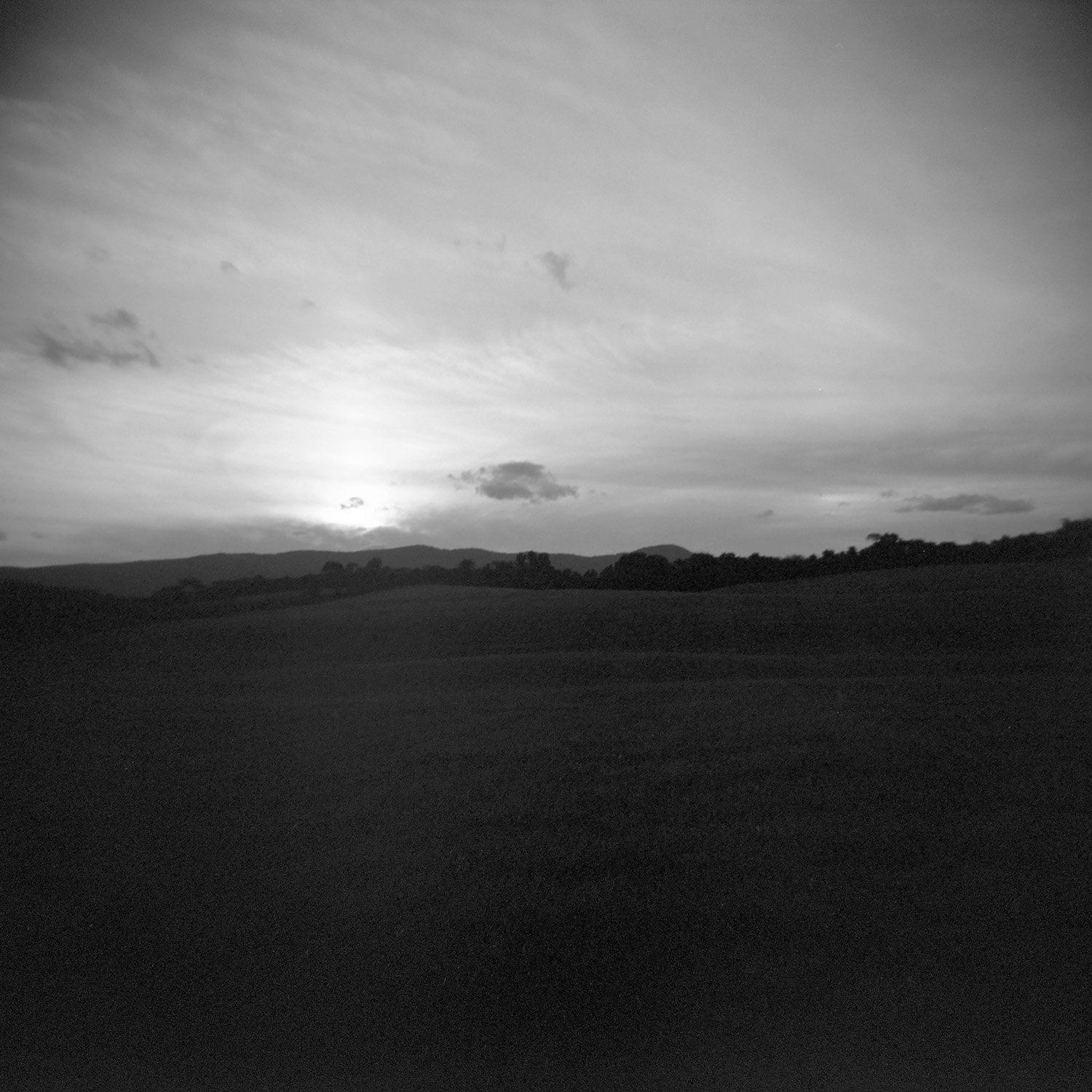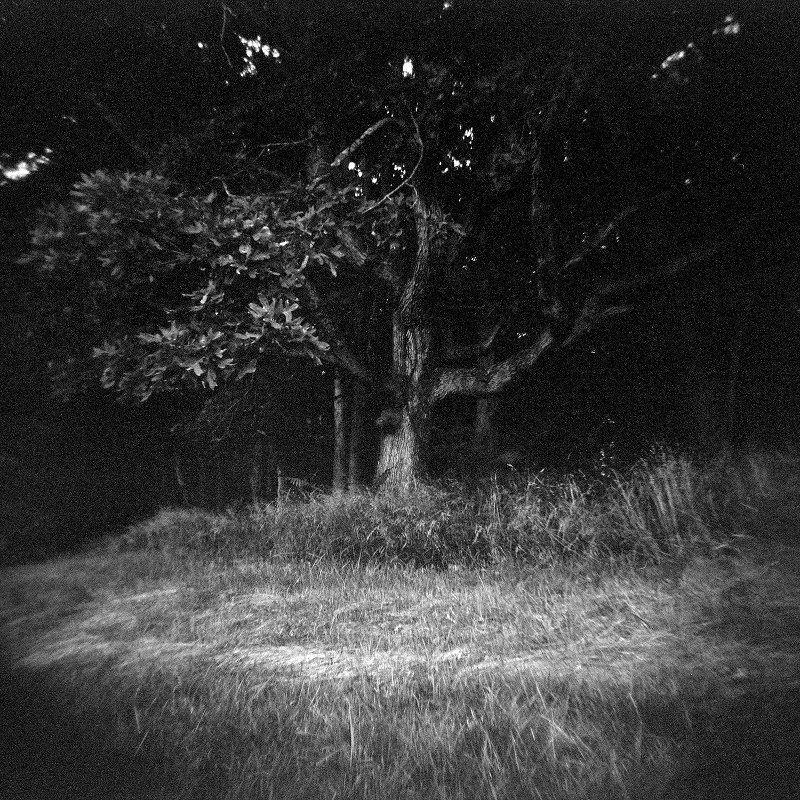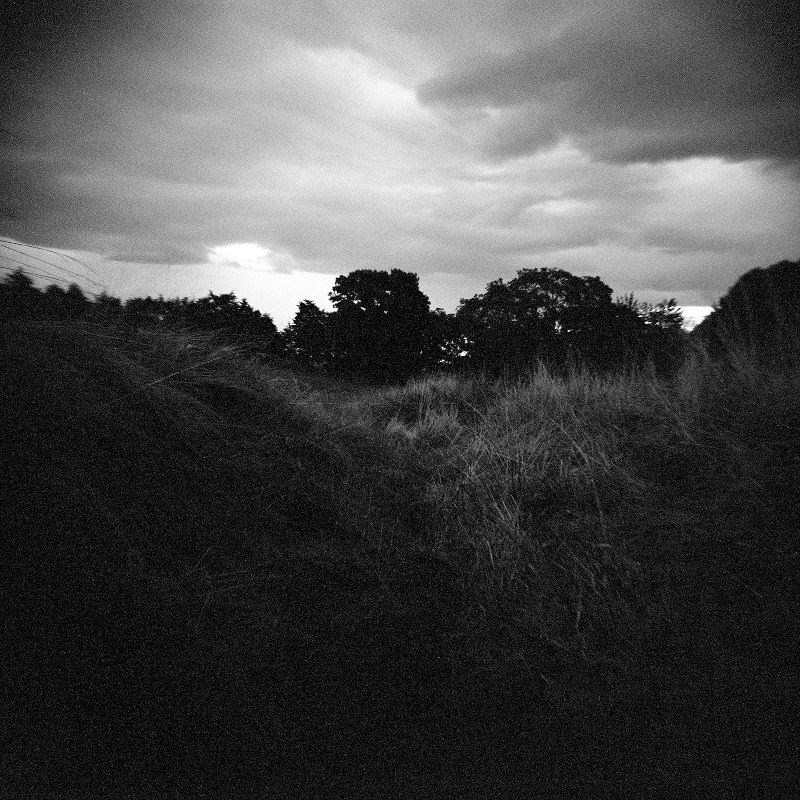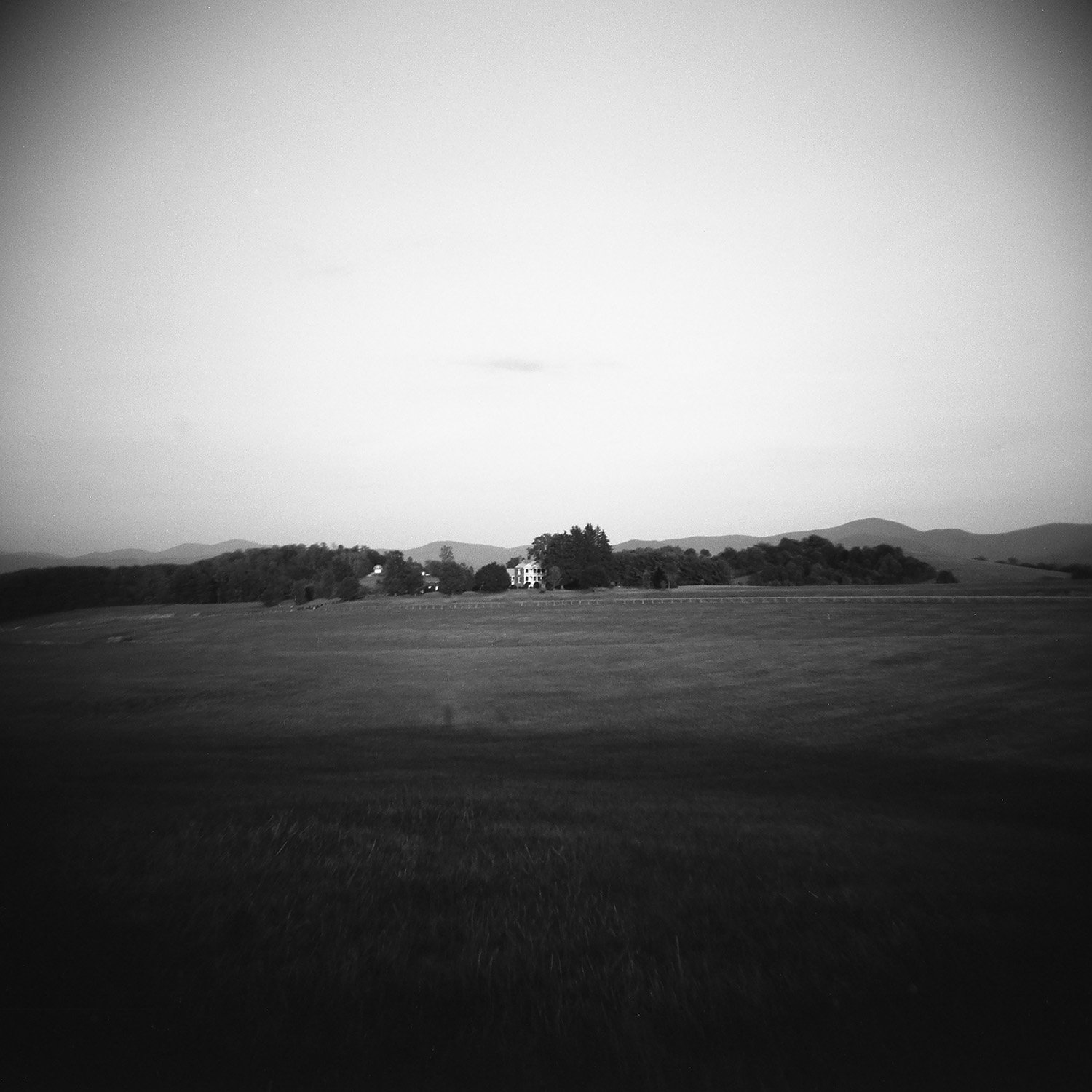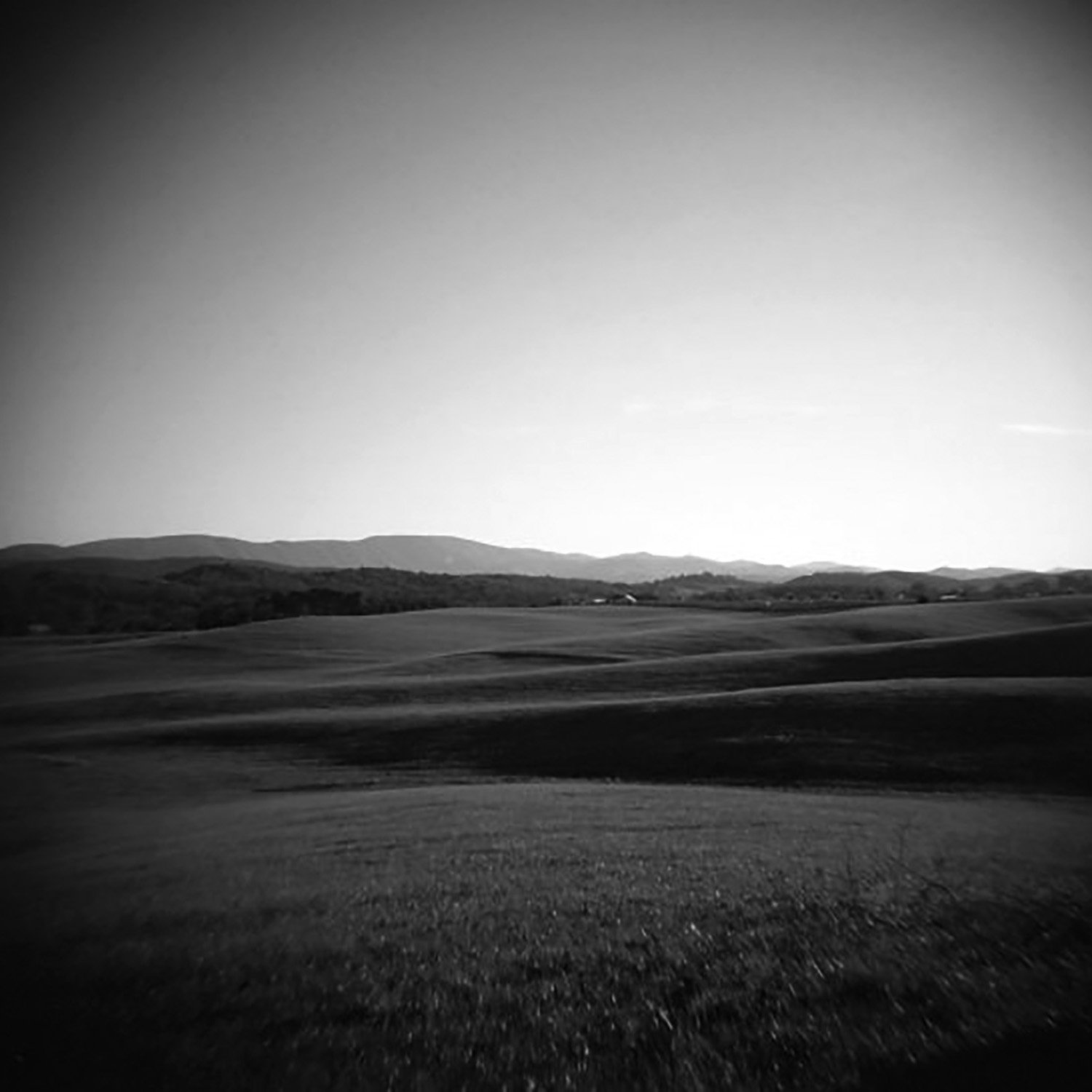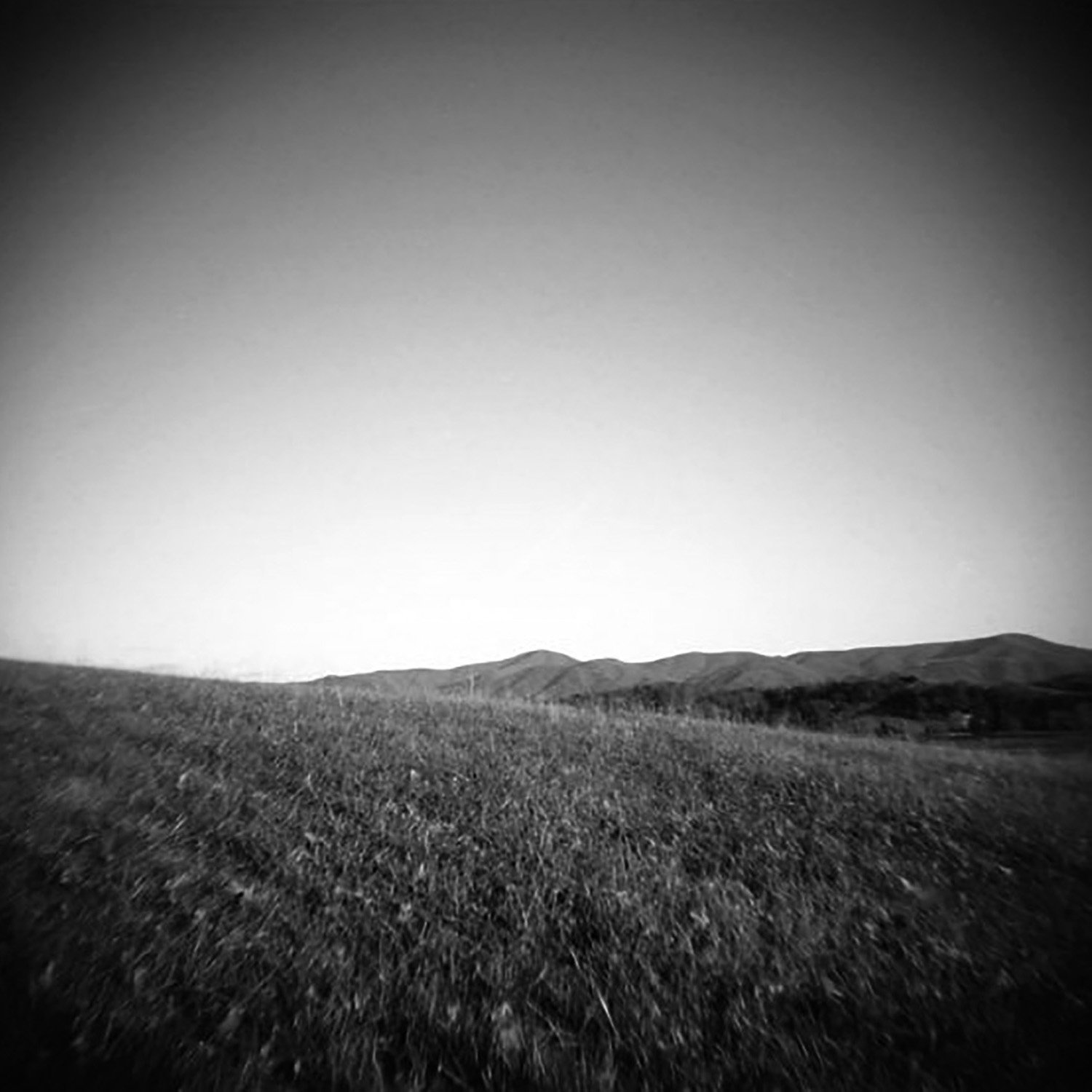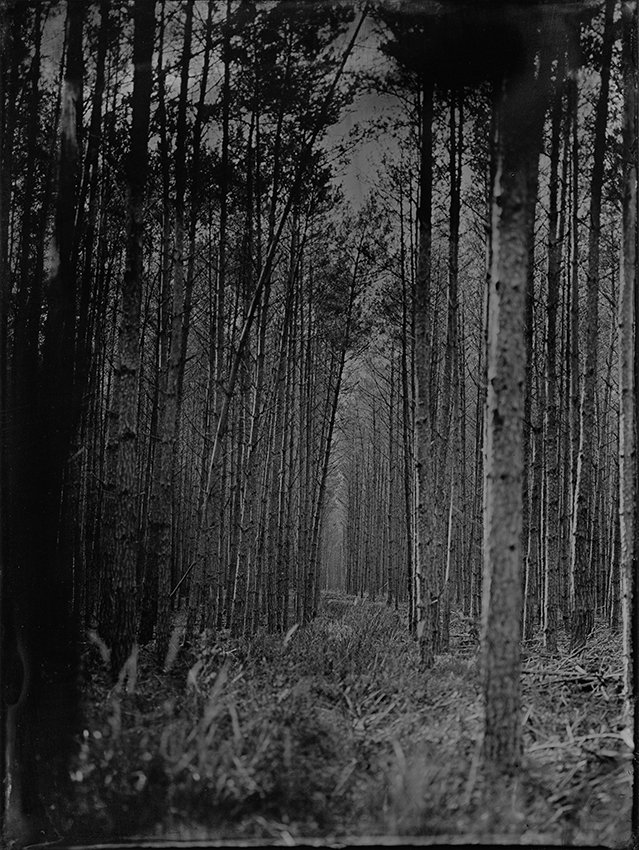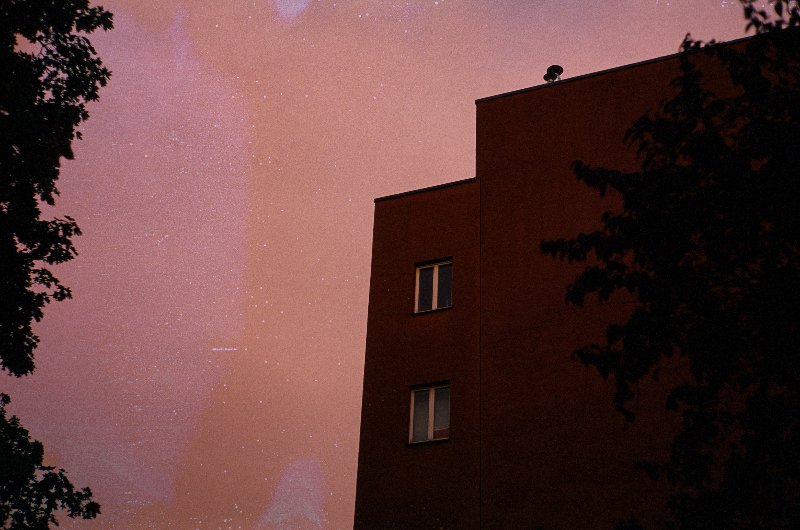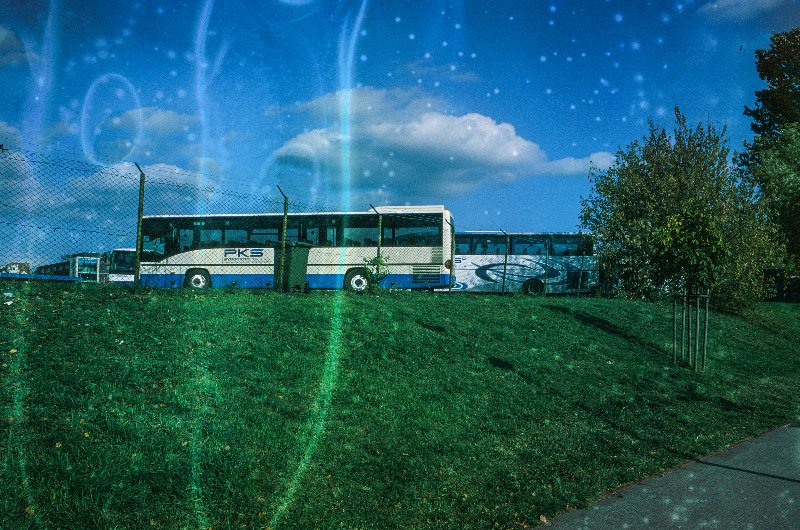by Rob McDonald:
Though I have lived here thirty years, I have never felt settled in Southwest Virginia. It’s a dramatically beautiful place, the Shenandoah Valley of the Blue Ridge Mountains, but my home, where my sensibilities were formed, will always be the sandy coastal plains of South Carolina. Winding roads and deep-green hollows may appear picturesque in some light, but for someone like me, they mostly feel claustrophobic, isolating, unsettling. Whenever my wife, driving to the store in our first months living here, would round a curve and mistake a distant mountain range for a looming storm, I understood.
There’s one spot nearby that has always felt different, however. I noticed it when I visited for the job interview that brought me to the area in 1992, and I have indulged something close to an obsession with it ever since. Fancy Hill, as it is known, is listed on the Register of Historic Places because of its inclusion in a group of important 19th-century farms known collectively the “Seven Hills of Rockbridge County.” A roadside marker noting its prominence focuses on the main house, a three-story treasure of 18th-century Federal architecture. But what I love is the field: a 21-acre parcel that rolls beautifully down from the house, then up and off toward a high horizon.
Records suggest the topography is virtually unchanged from when Fancy Hill was claimed, mapped, and cleared by Anglo settlers of the region more than two hundred years ago. In this otherwise craggy valley, it’s an especially open and stirring expanse. From various points outside the post-and-wire boundary fence, the entire landscape is visible, swelling, stretching and dipping, displaying itself. It undulates, almost musically. I have studied it in different seasons and times of day. I believe I could sketch its contours with my eyes closed.
One day, I looked up the name of the farm’s current owner and called to explain that I wanted to walk out into the field with my camera, to explore a place I’d thought about and imagined for so long. He was receptive, even understanding. He’d inherited the land and decided to protect it with a conservation easement so, unlike adjacent farms of similar beauty that have been subdivided into mini-estates for the new country gentry, it can never be developed. The whole parcel was leased for hay-making, keeping it arable, but I had permission to come and go as I wished.
With that opening, I spent whole mornings and afternoons traipsing up, down, and across Fancy Hill, making photographs in an attempt to represent the experience. In the process, I learned some things that had been imperceptible from the periphery.
I found very quickly, for example, that the lay of the land at Fancy Hill is neither as gentle nor as comprehensible as it appears. There are demanding grades and dramatic drops. You walk a distance and grow breathless. There are spots where the rest of the world disappears and you’re upright in a cradle of earth, with only the sky for orientation.
Also, the ground is surprisingly rocky, sheer stone in spots. The vegetation, a uniform and mesmerizing seasonal green or gold from the fence line, is often a frustrating tangle of grasses, weeds, and briars underfoot. Walking unsettles all manner of flying, hopping, and crawling creatures, some seen, some heard and reasonably surmised. Droppings and tracks suggest regular visitors to a stream that originates in a cinderblock well-house, runs a bit, then disappears.
Another note: There’s a stand of trees along the high north boundary that I’d not taken into account in all my years of looking from the fence. My eye had always stopped where the grasses end, but right there stands a broad thicket with impressive oaks that must have been seedlings when Fancy Hill was established.
I discovered that the finest view of the property is under that tree line. Each peak and trough of the landscape is visible, where it originates and how it plays out. Mirroring the view from below, the wide field appears to flow outward and down toward the enormous main house, which from that spot looks for all the world like a miniature version of itself.
The perspective is clarifying, like the view from a watch tower.
Fancy Hill, it turns out, is most beautiful in context of this whole place, encircled, defined, and clarified by a dark line running in the distance—not a storm, but the ancient rambling range of the Blue Ridge.
***
Rob McDonald is a native of South Carolina and lived in both Tennessee and Texas before moving to Virginia in 1992. He was awarded a Professional Fellowship (Photography) from the Virginia Museum of Fine Arts in 2019-2020 and was a residential fellow in the Visual Arts at the Virginia Center for the Creative Arts in 2013. Find him online at robmcdonaldphotography.com. Connect with him on Twitter at @RobMcDonaldVA.
























